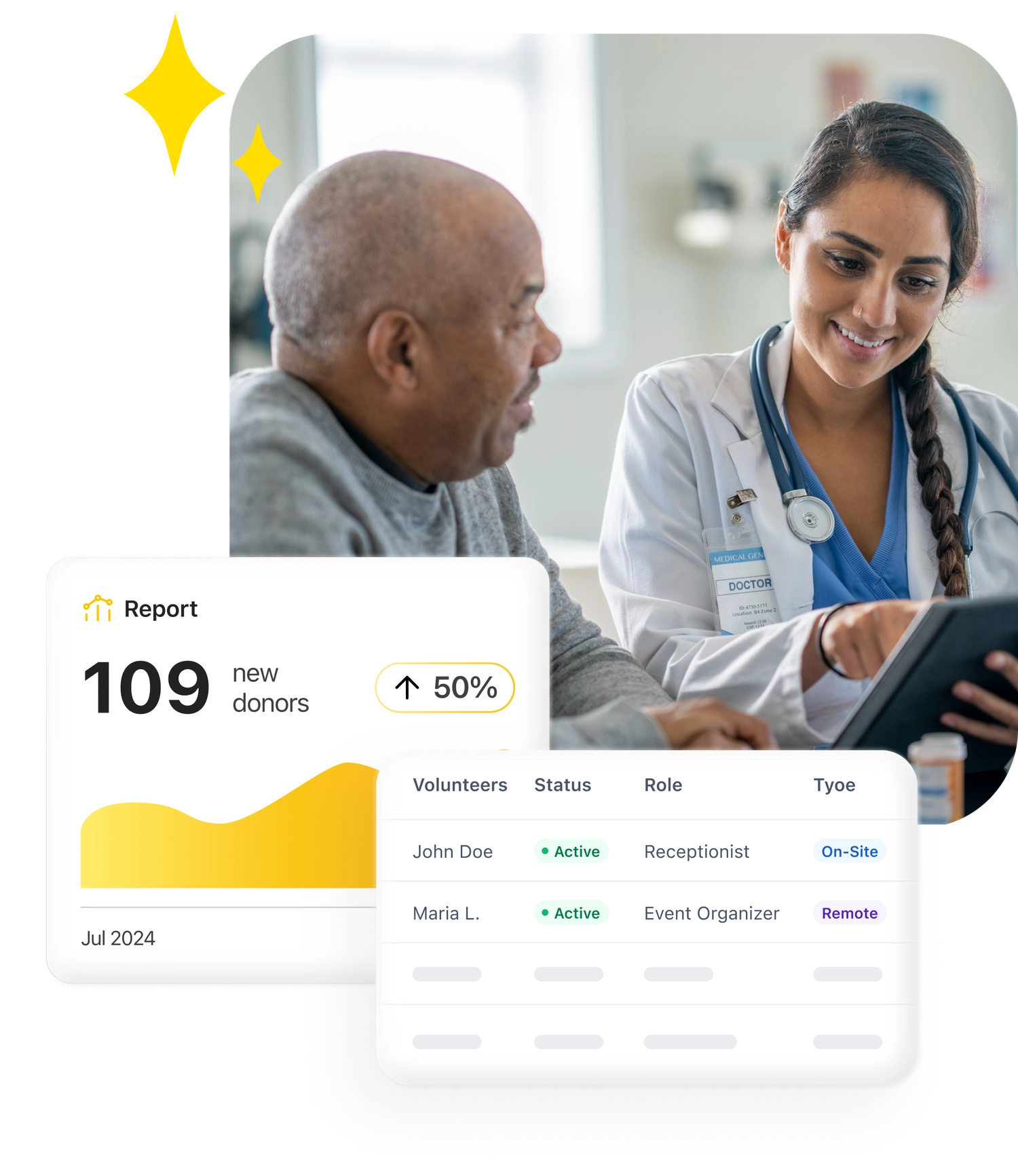Enhancing Patient Care: The Vital Role of Advanced Technology in Free and Charitable Clinics
November 10, 2024

Why Better Tech is Crucial for Free & Charitable Clinics
Introduction
Overview of Free & Charitable Clinics
Free and charitable clinics play a vital role in the U.S. healthcare system by providing essential medical services to underserved populations, including low-income and uninsured individuals. These clinics often operate on limited budgets, relying heavily on donations and volunteer support to deliver primary care, preventive services, and sometimes even life-saving treatments.
Importance of Technology in Healthcare
The healthcare sector has seen a remarkable transformation with the integration of advanced technologies. From electronic health records to telemedicine, technology has become an indispensable tool for enhancing patient care and operational efficiency. This article explores why upgrading technology in free and charitable clinics is not just beneficial but essential for improving healthcare delivery to those who need it most.
The Current State of Technology in Free & Charitable Clinics
Challenges Faced by Clinics
Many free and charitable clinics face technological limitations, such as outdated software, inadequate hardware, and limited access to digital resources. These constraints can hinder patient care, leading to longer wait times, inefficient record-keeping, and difficulties in diagnosing and treating patients effectively.
Comparison with Mainstream Healthcare Facilities
In contrast, mainstream hospitals and healthcare facilities are often equipped with cutting-edge technology that enhances patient care and streamlines operations. The disparity in tech adoption between charitable clinics and mainstream hospitals creates a significant gap in the quality and efficiency of care provided, impacting patient outcomes and clinic sustainability.
Benefits of Improved Technology in Clinics
Enhanced Patient Care
With better technology, clinics can improve diagnosis, treatment, and follow-up care. Tools like electronic health records (EHRs) enable seamless information sharing, while telemedicine platforms can expand access to specialist consultations. These enhancements lead to more accurate diagnoses and personalized treatment plans, ultimately improving patient outcomes.
Increased Efficiency and Productivity
Technological solutions can streamline administrative tasks, allowing clinic staff to focus more on patient care. Automated systems for appointment scheduling, billing, and record management save time and reduce costs, freeing up resources to be invested back into patient services.
Data Management and Security
Implementing robust EHR systems enhances data management and security, ensuring patient privacy and compliance with healthcare regulations. Better tech solutions provide secure platforms for storing and accessing patient data, reducing the risk of data breaches and improving overall trust in the clinic’s services.
Overcoming Barriers to Tech Adoption
Cost and Funding Challenges
Financial constraints are a significant barrier to adopting new technology in these clinics. However, various funding opportunities and grants are available from government programs, nonprofit organizations, and private donors. Identifying and tapping into these resources can help clinics afford necessary tech upgrades.
Training and Support for Staff
Adopting new technology requires comprehensive training for clinic staff to ensure efficient use and integration into daily operations. Providing ongoing tech support and resources is crucial for building a tech-savvy workforce capable of leveraging new tools to enhance patient care.
Infrastructure and Integration Issues
Integrating new technology with existing systems can pose challenges. Clinics need to assess their current infrastructure and identify areas for improvement. Partnering with tech experts and investing in scalable solutions can facilitate smoother integration and enhance overall clinic operations.
Case Studies: Successful Tech Implementations in Clinics
Several clinics have successfully implemented technology upgrades, resulting in improved patient care and operational efficiency. For example, a clinic that integrated telehealth services witnessed a significant reduction in patient wait times and an increase in patient satisfaction. These case studies serve as inspiring examples of the positive impact of tech adoption.
Future Trends and Innovations
Emerging Technologies in Healthcare
Emerging technologies like artificial intelligence, mobile health apps, and telemedicine hold great promise for free and charitable clinics. These innovations can revolutionize patient care by offering remote monitoring, predictive analytics, and enhanced patient engagement, making healthcare more accessible and personalized.
Conclusion
Summary of Key Points
Better technology is crucial for free and charitable clinics to enhance patient care, improve efficiency, and ensure data security. Investing in tech upgrades can bridge the gap between these clinics and mainstream healthcare facilities, ultimately contributing to better health outcomes for underserved communities.
Call to Action
Stakeholders, including policymakers, donors, and healthcare professionals, are encouraged to support tech improvements in these clinics. By doing so, we can ensure that everyone, regardless of their socioeconomic status, has access to quality healthcare, positively impacting community health and well-being.
Additional Resources
Links to Further Reading and Support
Contact Information for Tech Assistance
By embracing technology, free and charitable clinics can transform their services and continue to provide vital healthcare to those who need it most.


